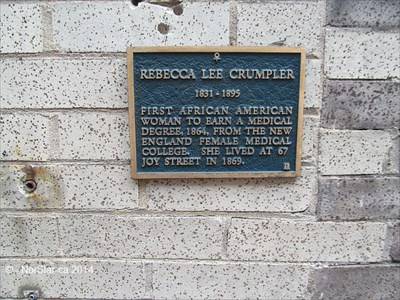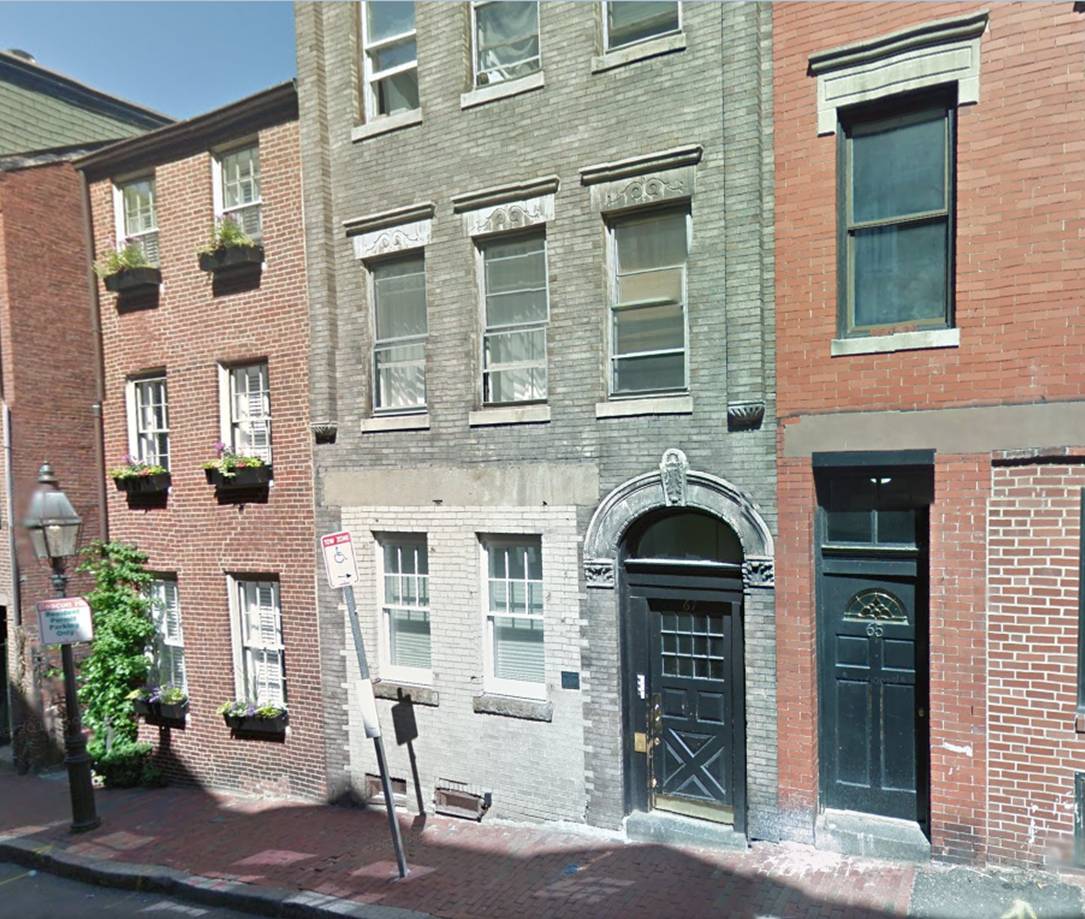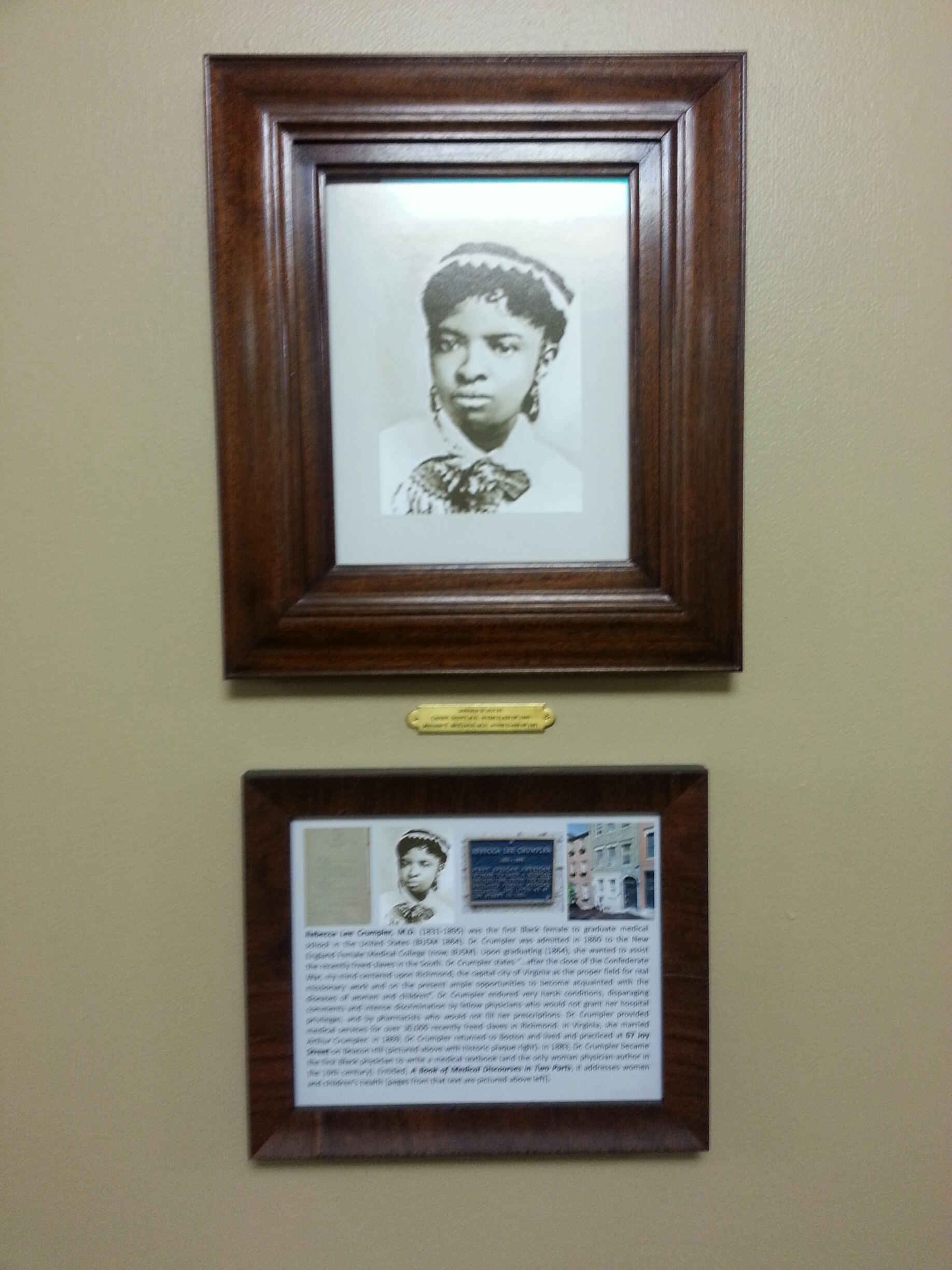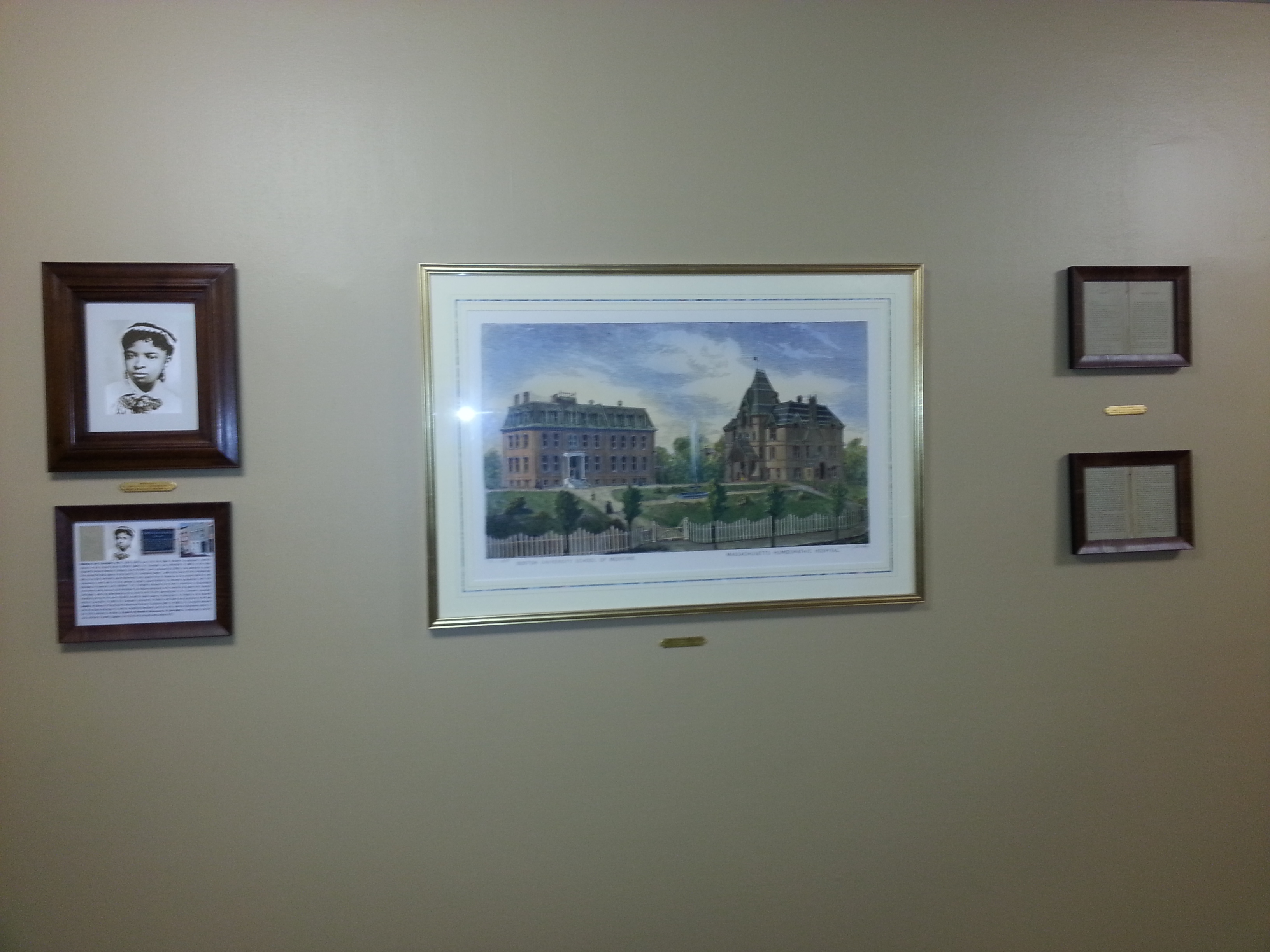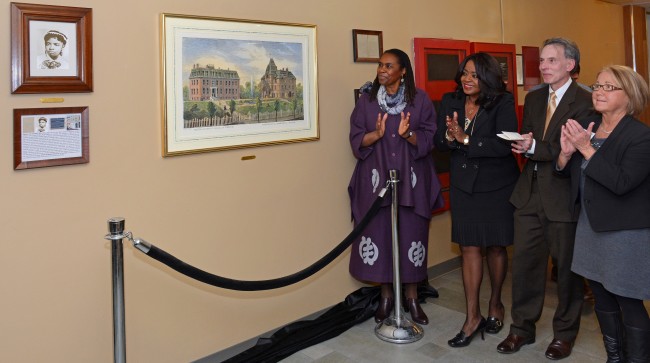Melody T. McCloud Interview
I was able to get questions answered and resources from Dr. Melody T. McCloud, obstetrician-gynecologist and Founder/medical director of Atlanta Women’s Health Care.
What do you think was Rebecca Lee Crumpler's motivation to want to help people, specifically women, children, and the poor?
As a physician—a caregiver—I can attest to the joy and fulfillment that comes with using one’s knowledge, skills and heart to heal others. I think Dr. Rebecca Lee Crumpler said it best. She said: “I early conceived a liking for, and sought every opportunity to be in, a position to relieve the suffering of others.” Rebecca Lee Crumpler, M.D. (1831-1895)
How do you think Rebecca Lee Crumpler's aunt/ upbringing influenced her life?
To have someone in your midst that sets a good example; or that you see doing good work, or helping people…that will make an imprint on one’s mind.
That happened for me: MY pediatrician (in the 1960s) was a Black female. She—Dr. Doris Wethers—was another trailblazing, pioneering woman—a Black woman physician. I am sure that she was an influence on me, and my decision to become a physician. I remember that my White female history teacher in high school told my mother, “Make sure Melody takes typing, because Black people don’t become doctors.” My seeing Dr. Wethers let me know that what that teacher said was absolutely not true. [Here is the NY Times link about Dr. Wethers’ life; died last year: https://www.nytimes.com/2019/02/07/obituaries/dr-doris-wethers-on-front-lines-against-sickle-cell-dies-at-91.html .]
For RLC to see her aunt in a caregiving mode obviously impacted her vision for what she-Rebecca—could do, and how she could help her fellow man. She had a built-in role model in the art of healing others.
What do you think is Rebecca Lee Crumpler's most prized achievement?
Dr. Rebecca Lee had many accomplishments:
1) To have been such an excellent and smart nurse, that the doctors with whom she worked recommended her for medical school.
2) She was accepted into medical school and completed it on time with her classmates.
3) She had the dedication to the mission to health those in need; so much so, that she left familiar surroundings of Boston and journeyed to Virginia to render aid and fill a need.
4) She ENDURED in Virginia, where she caught hell: Some hospitals denied her hospital privileges (to admit patients); and some pharmacists refused to honor her prescriptions. Also there she was told that the “M.D.” behind her name stood for “Mule Driver,” instead of the honorable, notable, noble “Medical Doctor.”
5) She returned to Boston and BOUGHT a building. There she practiced medicine and also lived in the space above the practice.
6) She also authored a book, in order to help people get medical advice, because many people were still denied access to physicians (even in Boston).
She had many notable achievements; I can’t limit them to just one.
How did Rebecca Lee Crumpler affect the future of the medical field or just the future in general?
In short, she blazed a trail—a trail that I and thousands others have now traversed.
Do you think Rebecca Lee Crumpler was driven to first female African-American physician, or just to help people in the form of medical care?
I don’t think Dr RLC was thinking about being “the first.” In those days of horse and buggy, no one really knew who was what, or doing what, anywhere. It wasn’t as it is today with social media, where news spreads everywhere in seconds.
I think her singular focus was to provide medical care to patients, period.
I find her to be an extraordinary servant of humanity, and a dedicated physician, by deciding to go to an unfamiliar state and city--war-ravaged Virginia—and give care to recently-freed slaves that the White doctors didn’t even want to touch. How brave was she!? How dedicated!
Do you think Rebecca Lee Crumpler was aware of the racial and gender barriers she broke?
Again, I don’t know if she knew all that. Perhaps over the passage of time, she may have become aware of her distinction of being the “first Black female physician” in the United States.
Why did you decide to create a Rebecca Lee Crumpler Exhibit?
Circa 2013, an administrator from Boston University School of Medicine (BUSM) flew to Atlanta to meet with some alumni. When we met, he mentioned that BUSM had created an historical exhibit on the first floor of the school; it would highlight major developments and people of BUSM.
I asked if anything had been established for Dr RLC. He said no. When I visited BUSM in 2014, I saw what they had, and decided that I would make sure an exhibit in honor of Dr. Rebecca Lee Crumpler would be added to the displays. That’s how it began. I reached out to other administrators and we got it done. I co-funded the exhibit.
What did Boston University do to honor Rebecca Lee Crumpler and her outstanding achievements?
After Dr. Hughes and I researched her story, I drafted text to go in the exhibit. Dr. Hughes pulled information and photos from the BUSM Archives. Together, we decided on what was to be included. He (Hughes) made the final decision re: how the display would be—wood framed, and next to an photo of BUSM at the time of her attendance,t c. I didn’t have any say about that part.
On February [16th, I think] 2016, we—BUSM—hosted a Black History event and unveiled the exhibit in Dr. RLC’s honor. This was followed by a luncheon and a Q&A session with current students.
What work/ research did you have to do for the exhibit and what does the exhibit entail?
With the help of Dr. Doug Hughes the then-Associate Dean of Academic Affairs (now retired), I researched the archives at BUSM; we contacted the Boston Public Library that houses rare collections, etc. and more. Dr. Hughes got a photo of Dr. RLC, BUT…that photo has been attributed to two Black women of that time: Dr. RLC and a Black female nurse, Nan McCarthy. So we aren’t sure that it is her. We just made note that it has been attributed to two women.
The following are the images Dr. Melody T. McCloud granted me to further my project. They are used throughout my project to add to the information, but are also shown here for a description of what each one entails.
